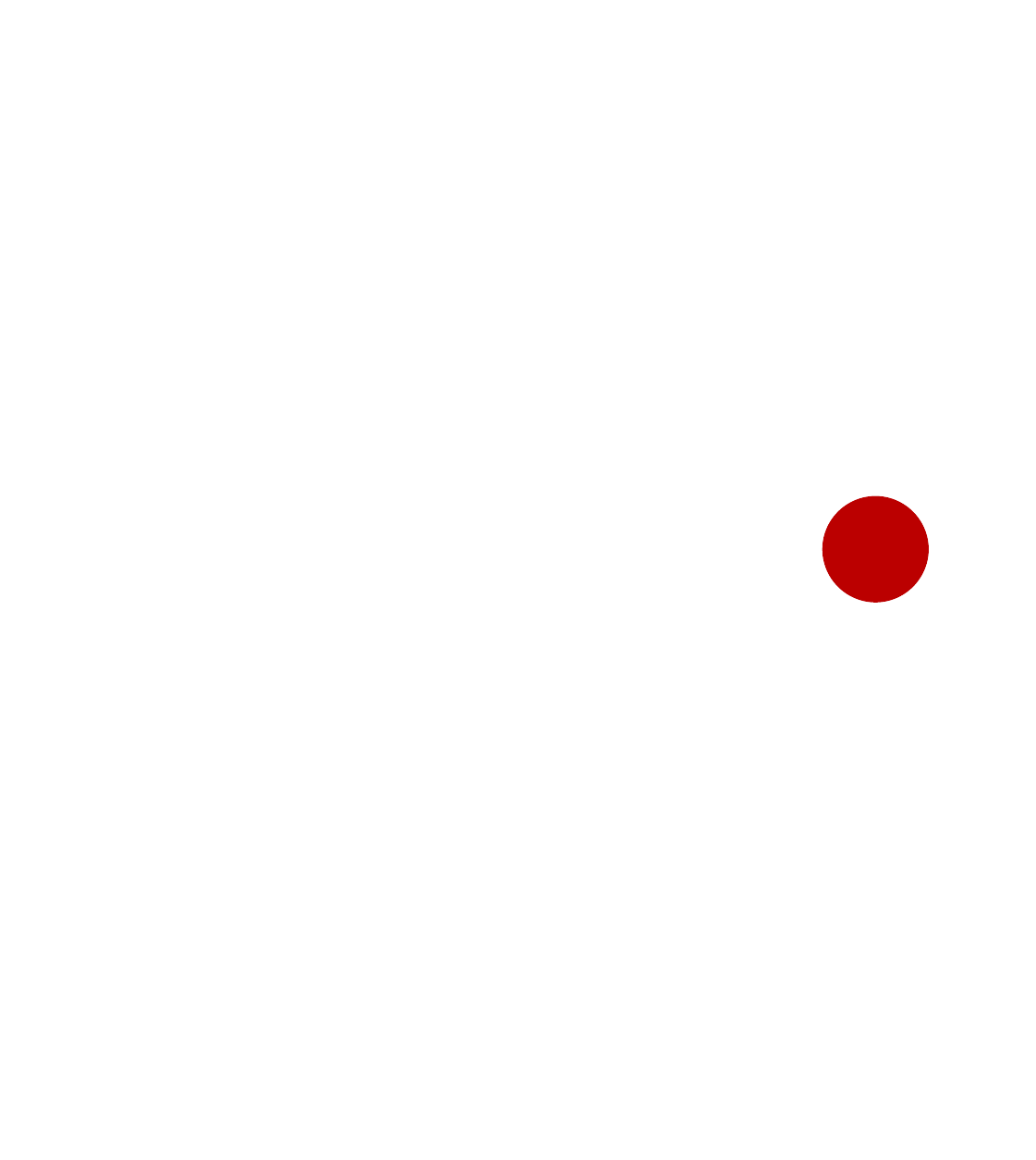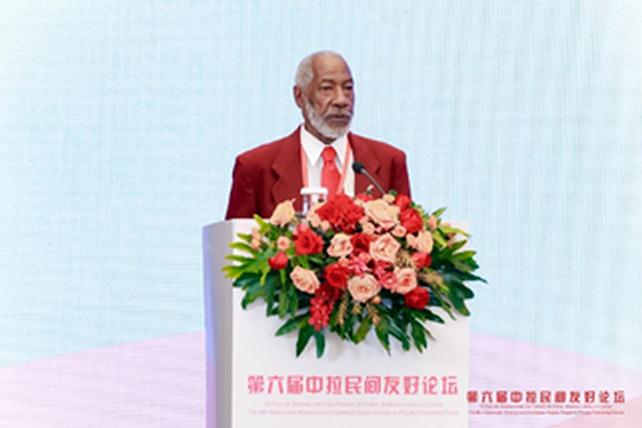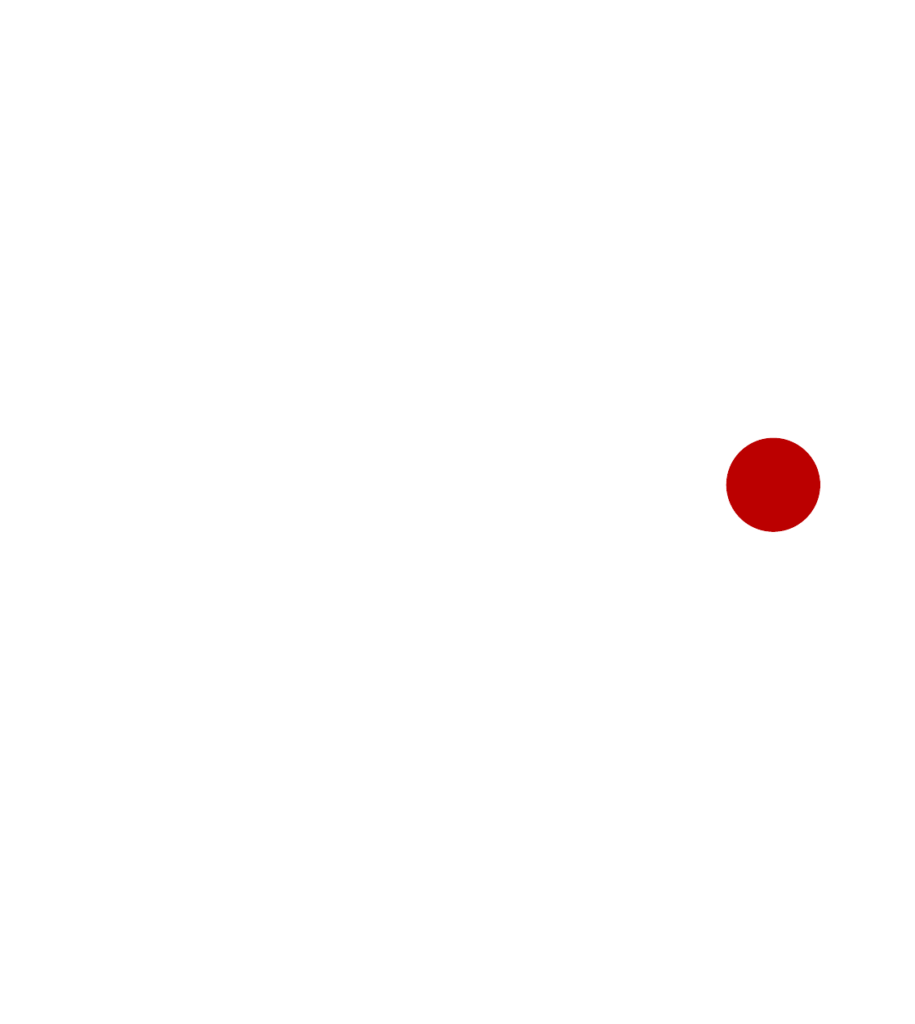The SLCFA, established on November 5, 2004, was represented by its President Earl Bousquet.
Other Caribbean associations’ delegates also attended from five Caribbean Community (CARICOM) nations: Bahamas, Barbados, Guyana, Haiti, Saint Lucia and Surinam.
Members of 22 delegations from China and 20 LAC nations discussed challenges and opportunities and set tasks for deepening and widening friendships between Chinese and Latin American and Caribbean peoples.
Latin America was represented by Argentina, Bolivia, Brazil, Chile, Colombia, Costa Rica, Cuba, Dominican Republic, Ecuador, El Salvador, Guatemala, Honduras, Mexico, Nicaragua, Panama, Peru, Uruguay and Venezuela.
The forum was held under the umbrellas of the Latin American and Caribbean-China Friendship Federation (FALCARPC) and the Chinese People’s Association for Friendship with Foreign Countries (CPAFFC), with participation by state bodies and provincial associations in China engaged in promoting friendship with the LAC regions and people.
The forum was held at the Grand Hall of the Sofitel Convention Centre in Xi’an on Renmin Square and the opening ceremony was addressed by top Chinese and LAC officials, including: FALCARPC President Eric Becker-Becker; former Ecuador President Guillermo Lasso and Director of the Americas Department of the Uruguayan Ministry of Foreign Affairs, Anibal Cabral, who is also Uruguay’s coordinator of the Vice Presidency of the Community of Latin American and Caribbean States (CELAC).
The forum also heard from: Vice President of the CPAFFC Shen Xin, Special Representative of the Chinese Government on Latin American Affairs and Vice President of the China Public Diplomacy Association Qiu Xiaaoqi, Vice Chair of the 12th Chinese People’s Political Consultative Conference (CPPCC) National Committee and President of the China-Latin America Friendship Federation Ma Pinhua, Deputy Secretary of the CPC Shaanxi Provincial Committee Xing Shanping and Vice Chair of the Shaanxi Committee of the CPAFFC Li Zhongmin.
Delegates discussed and shared perspectives on three major themes aimed at deepening and strengthening People-to-People Friendship: ‘Deepening Traditional Friendship To Build a China-LAC Community With A Shared Future’, ‘Promoting Practical Cooperation To Build a Mutually-Beneficial and People-centred China-LAC Friendship’ and ‘Implementing The Global Civilization Initiative (GCI) To Advance Exchanges And Mutual Learning Between Civilizations of China and LAC Countries’.
The meeting reviewed and proposed recommendations for new activities to deepen People-to-People Friendship between the LAC regions and the People’s Republic of China (PRC).
The forum also took place against the background of China’s continuing leadership among developing countries, especially alongside Brazil, Russia, India and South Africa in the BRICS grouping; and China’s championing Peace Through Diplomacy at the United Nations (UN) Security Council regarding Israel’s wars on Palestine and Lebanon, the ongoing Ukraine war.
China’s diplomatic and trade ties with the LAC region continue to widen and deepen positively, with President Xi Jinping strongly advocating that the GCI -alongside similar Development and Security Initiatives- be embraced by LAC and other civilizations interested in A Future of Shared Humanity.
But while China advocates peaceful coexistence, global cooperation and development of friendlier ties, the USA continues to treat the LAC region as ‘America’s Backyard’, according to the over-200 years old Monroe Doctrine.
Top Washington and Pentagon officials see China’s growing trade and friendship ties with LAC nations and people as a threat to Washington’s historical hegemony and the US growing and widening interests in the region’s natural resources -from oil and gas to water, cobalt and other rare earths
The LAC delegations shared ideas on common approaches to solutions for common problems, including adopting new elements of organization and representation featuring popular exchanges and sharing of cultures and histories of respective people’s nations and civilizations.
Delegates from LAC nations with people of Chinese descent also agreed to continue exploring shared historical cultural customs (like kite flying) introduced over 175 years ago by Chinese immigrants.
The Caribbean delegations featured the presence of significant number of people of Chinese descent, especially in Guyana, Surinam and Trinidad & Tobago, but also in every other nation represented.
The LAC delegations agreed to work together to widen and deepen organizational and People-to-People exchanges across regions, especially as China continues promoting South-South Cooperation and Development through the Belt & Road Initiative (BRI) -the new Silk Road that originated in Xi’an- and the BRICS alliance.
Following extensive discussions on cooperation on common issues, the meeting agreed on the important role of non-government entities in promoting and preserving People-to-People Friendship and Cooperation.
Delegates also agreed to regenerate decades-old associations to better attract new and young leaders, push for more structural cooperation between national, provincial and regional friendship associations in LAC and China and to expand the horizons of expressions of friendship in the 21st Century.
They also agreed to give the forum a permanent character and the next one will be held in Peru.
Meanwhile, the forum elected a new leadership for FALCARPC, which was announced by outgoing President Becker-Becker.
The new President is Juan Manuel de Jesus Flores Cornejo, President of the Central America-China Friendship Federation and the El Salvador-China Friendship Association. The Secretary General is Luis Rafael Gonzales Hernandez, who was re-elected. Four new Vice Presidents were also elected (Uruguay, Peru, Guatemala and Saint Lucia), with other representatives (including from Guyana and Venezuela) also on the new leadership team.
Bousquet says SLCFA’s 20th Anniversary observance during November will allow it to work closer and better with other LAC associations. He says Caribbean associations also agreed to establish a Caribbean Federation to pursue and promote closer cooperation in and across the 14 member-states of the CARICOM region.
The conference ended after visits to Chinese and World Cultural Heritage sites like Emperor Qin Shi Huang’s Mausoleum Site Museum, the extensive burial site of the world-famous Terracotta Warriors (unearthed in 1974) and an evening tour of the illuminated 14th Century Xi’an City Wall -China’s largest and most-complete.





